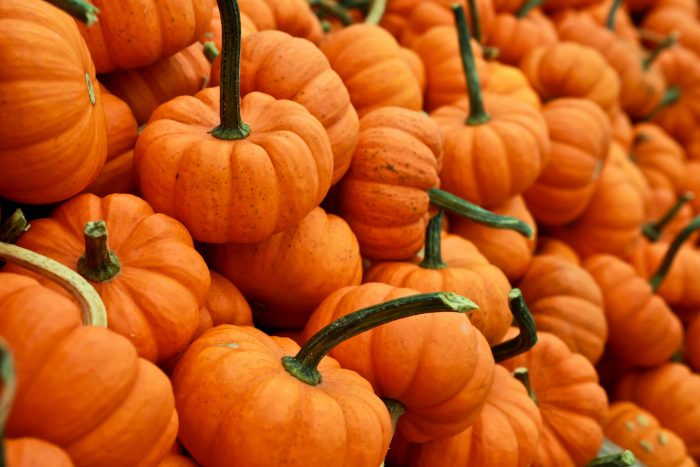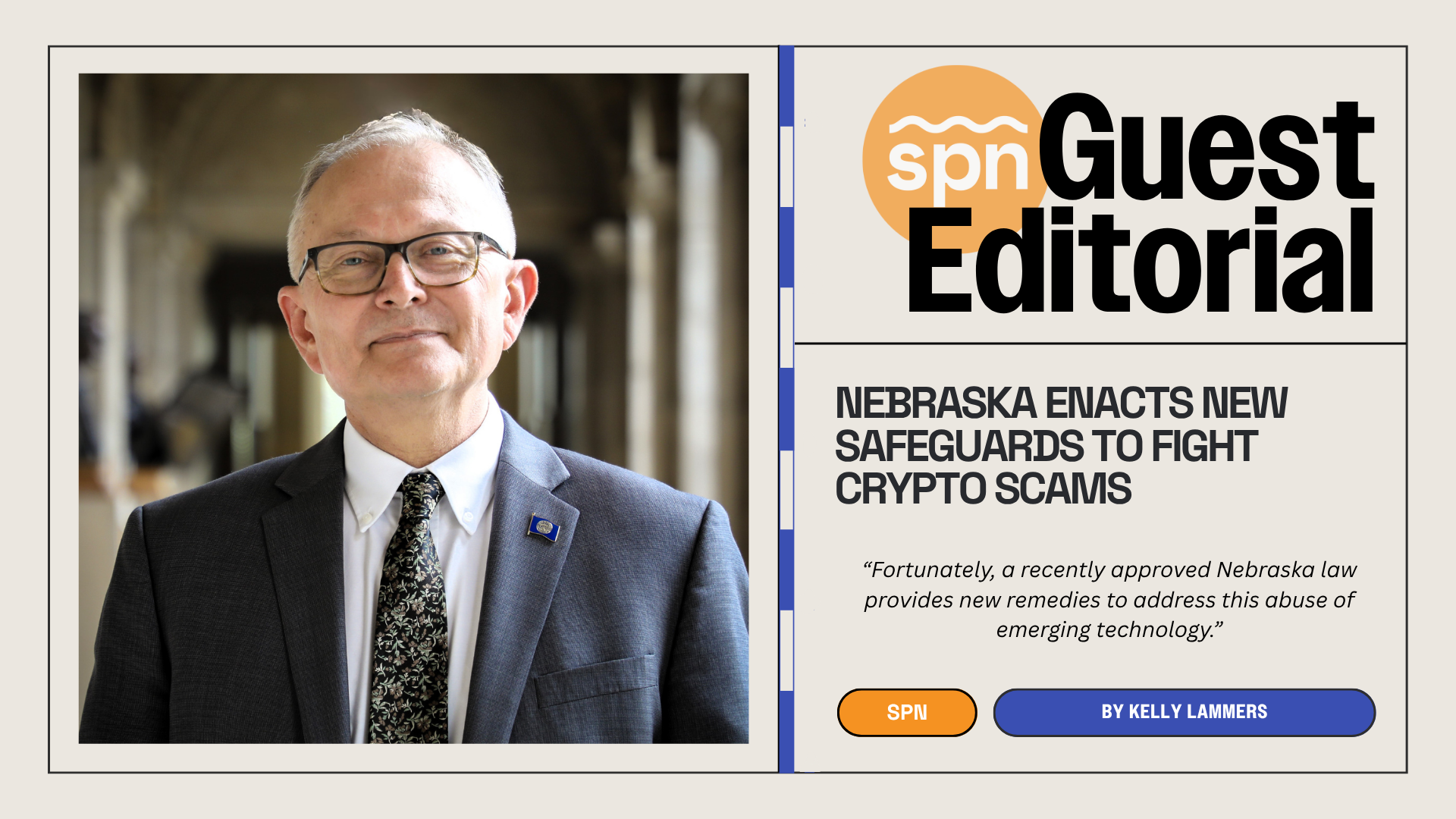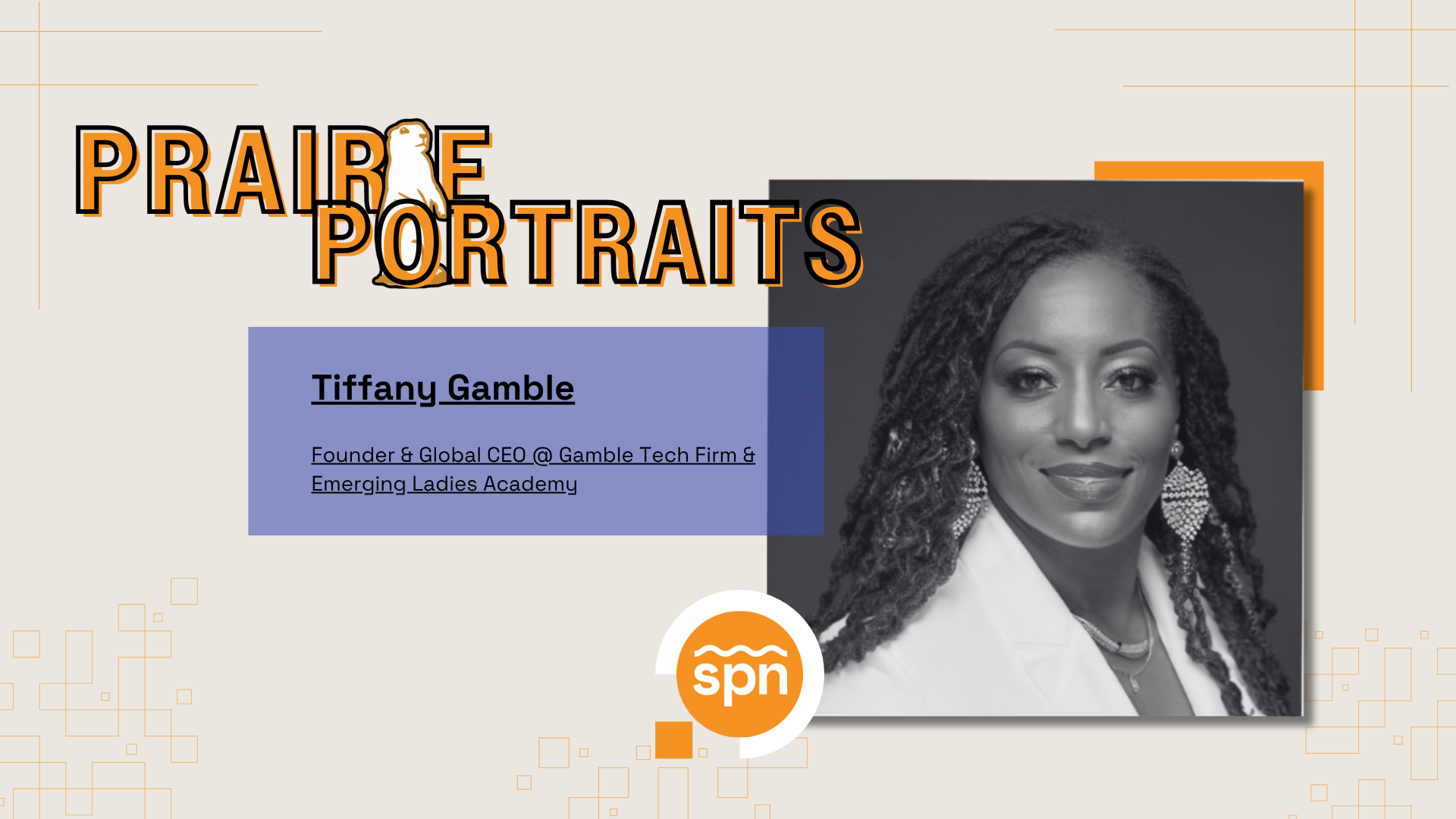Content warning: contains zombie images some readers may find disturbing.
The wife of Josh Brown Kramer, senior data science consultant for Lincoln-based medical AI developer Ocuvera, is tired of zombies.
For the past year, the computer vision researcher has been working on an app that zombifies user selfies, turning their everyday visages into grotesque monstrosities. This required Kramer to pair 50,000 images of AI-generated human faces with their corresponding undead faces—and show the results to his wife.
“I’d be like, ‘Wow, look at this one!’ and she’d just be like, “Ugh, gross,” he recalled.
The results can be truly horrendous—in a good way. See for yourself at makemeazombie.com. (And remember, content warning.)
The idea for the app came last year, when Kramer was trying to think of a cool project that would let him flex his neural network expertise and stay current with the latest computer vision technology. (Computer vision is an interdisciplinary scientific field dealing with how computers acquire high-level understanding from digital images and videos; this has a wide array of real-world applications, from medicine to self-driving cars.)
“I initially started trying to turn people into dogs,” Kramer said, describing his project’s origin. “Then a friend of mine had the idea of doing zombies, which just sounded much cooler, and like it would be a lot of fun for Halloween.”
An avid fan of the ghoulish holiday, Kramer enjoys putting his technical expertise to work in service of fright. For Halloween 2016, for instance, he built a
“Stranger Things”-inspired installation on his porch, a sort of Ouija board made out of Christmas lights, that could be controlled via cell phone.

“Visitors could come and text stuff to a number, and it would light up that sentence on the Ouija board,” he said.
The project was even covered by the Lincoln Journal Star.
Building Make Me a Zombie was a little more intense.
Kramer and his friend hand-curated 300 zombie images primarily from Pinterest and Google—these were generally images of people wearing Halloween masks or zombie makeup, with Kramer manually filtering out the occasional non-zombie image that had crept in—and then fed those images into the neural network architecture StyleGAN2, which is made by NVIDIA. Kramer said he chose StyleGAN2 because it can produce high-quality, photorealistic images of human faces.
This initial work done, Kramer produced the aforementioned 50,000 pairs of human/zombie faces and ran that data through another neural network architecture, Pix2PixHD, which machine-learned a mapping from those pairs. Kramer said he used Pix2PixHD for this step because it’s good at taking images from one domain and redrawing them into another.

For more nitty gritty technical details, check out Kramer’s Reddit thread about the app.
Potential users worried about the security of the images they submit can rest in peace: Kramer said no image is saved to disk at any point in the process, and that he couldn’t do anything with the images even if he wanted to.
All in all, Make Me a Zombie is simply a spooky side-project that uses cutting-edge neural network technology to offer the community a fun, free tech experience for one of Kramer’s favorite holidays.
The reaction so far?
“Some people can’t handle it,” he said. “But by and large, everyone has loved it.”




